Mary’s Labyrinth
Walking into history and healing
There is magic in meandering meditation
Labyrinth paths have been walked for thousands of years. These archetypal patterns can be found on every continent, marked by stones on the ground and etched into ancient rocks and walls, created by every ancient culture from Egypt, the British Isles and the Russian Steppes to across the Americas.
In the last thousand years, variations of the classical pattern were built into many of the great European Cathedrals. A resurgence of interest and understanding over the last 40 years has inspired individuals and communities to build labyrinths in community settings, private backyards, hospitals, hospices and churches all over the world.
Unlike tall hedge and corn mazes with their blind ends and branching paths, labyrinths, walking meditation and prayer paths have in common a single path that winds its way from the outside into a centre space. From the centre, one follows the same path out again.
No decisions. No anxiety. No way to do it wrong. Just a single, simple, narrow path that winds into the heart of the labyrinth and out again.
Walking meditation, healing and creativity
How to get here
Canada’s first Legacy Labyrinth
Who is Mary?
Walking meditation, healing and creativity
What happens when we walk a simple labyrinth is, in fact, far from simple. The narrow, winding path forces us to slow down and shift our attention from busy thoughts to the path itself. We drop into our physical bodies. The walking movement does amazing things for our nervous system, calms the whole body, and even helps our brains to rebalance.
Because the path is narrow and twists and turns, the thinking mind is kept busy and entertained by staying on the path. This frees up our creative mind, making space for unexpected thoughts and realizations to bubble up to the surface of our awareness.
The labyrinth is essentially a tool and container that helps us slow down, bypass busy thinking, and access creativity that isn’t accessible in our normal day-to-day.
It’s not surprising that people have been using labyrinth paths as a tool for meditation, reflection, and even deep prayer for thousands of years. It still works wonders. Come and see.
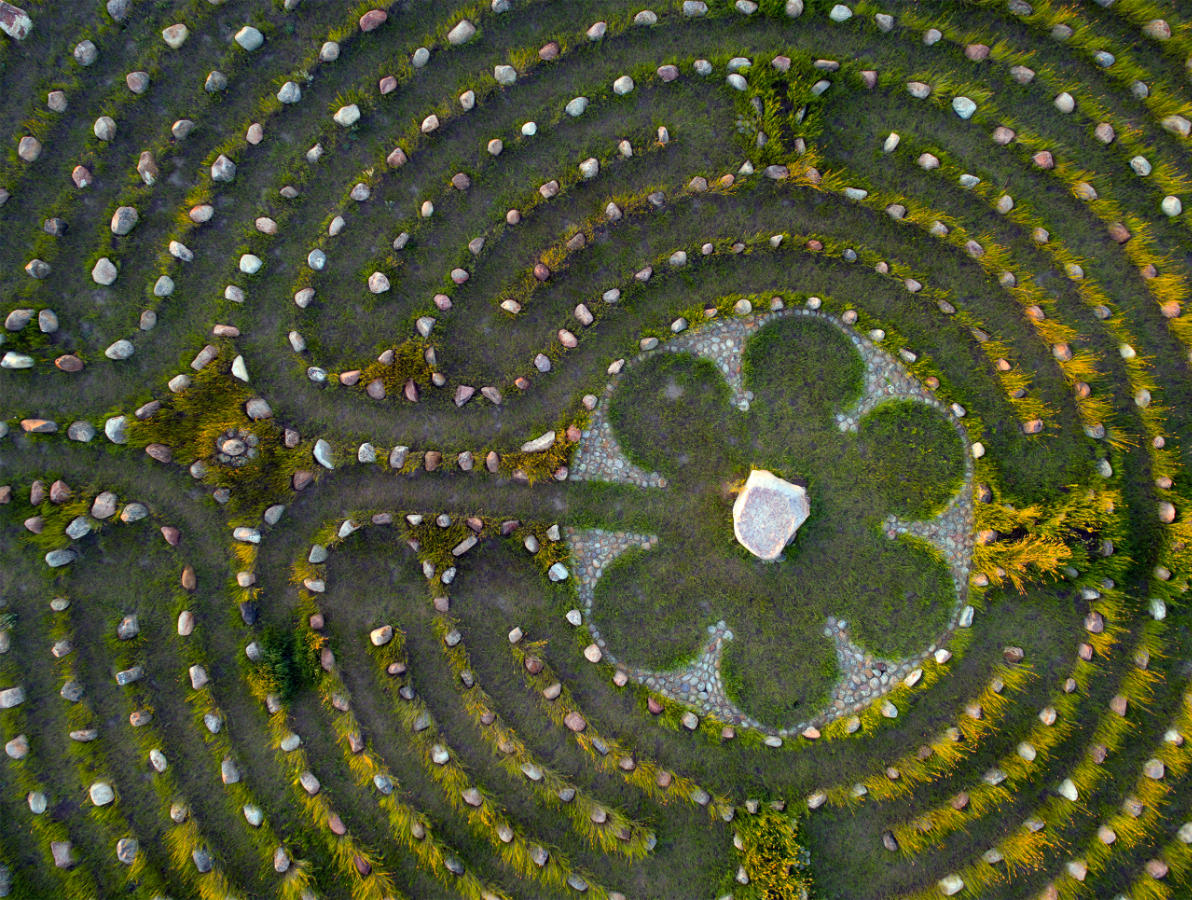
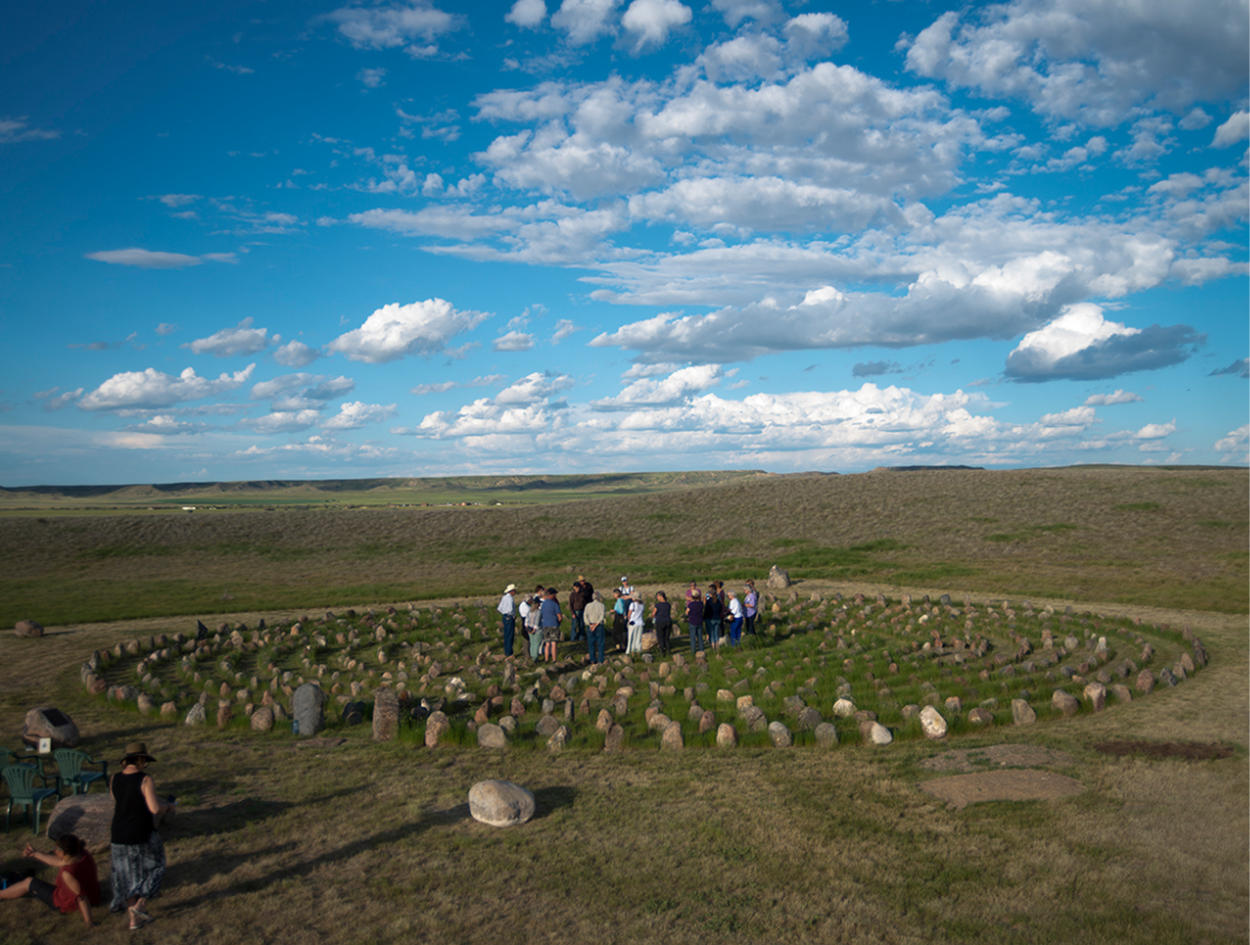
Tips on walking a labyrinth.
There’s no wrong way to walk the labyrinth. It’s a single path in and a single path out. If you happen to find yourself back at the entrance instead of the middle, you’ve stepped off the path at some point. Turn around and head back in.
Please be respectful of this beautiful and spiritual place. None of the 500+ rocks that mark the labyrinth path are cemented in place; they will move if bumped. Please show them the respect they deserve. Each rock has been placed with the love and care given to the elder wisdom and memory keeper that they are.
How to get here.
We are located off Hwy 4 just 5 km south of the village of Val Marie.
Turn off at Rosefield Grid Road at the sign for The Crossing at Grasslands and Mary’s Labyrinth. Stay left and head directly east towards the buttes in the distance. You’ll be on our gravel driveway.
Look for a big white boulder on the north (left) side of the road leading to The Crossing at Grasslands vacation suites. Pull over and park your vehicle on the edge of the road at the white boulder and follow the walking path to the labyrinth set into the field below.
Please wear decent walking shoes as the ground is rough and, as everywhere on the prairie, there are gopher holes and animal burrows to avoid. Mind your feet! The path follows a gentle slope down the hill for 3-5 minutes, with views of 70 Mile Butte off in the distance and the Village of Val Marie across the valley.
When you arrive you’ll see a number of boulders at the entrance to sit on if desired. There’s a bronze plaque with some of the history of Mary’s Labyrinth as well as tips on how to walk a labyrinth.
NE-08-03-13-W3, Val Marie, SK S0N 2T0
+1 306 298 7374
Open Daily 1pm-6pm
Canada’s first Legacy Labyrinth
Susan Howard and Neil Ward, owners and hosts of The Crossing at Grasslands and its 80-acre property, built the labyrinth with the help of many dedicated volunteers under the leadership of Marty Kermeen, Labyrinths In Stone, in June 2017.
They are honoured to offer the first Legacy Labyrinth in Canada to community, friends and visitors from around the world. This labyrinth design was originally built into the stone floor at the centre of Chartres Cathedral in Chartres, France.
Legacy Labyrinths are physically and energetically connected to one another forming an energetic network to promote global healing and understanding. The network currently includes six labyrinths in four countries with many more in the planning stages.
Located on Treaty 4 Territory, Mary’s Labyrinth honours all who walk this land, past, present and future. The unimaginable hardships of the First Nations are acknowledged as is the need for healing the land.
This stone and grass labyrinth is solid and deeply dedicated to healing. With this Legacy Labyrinth, we share our peaceful intent for each other.
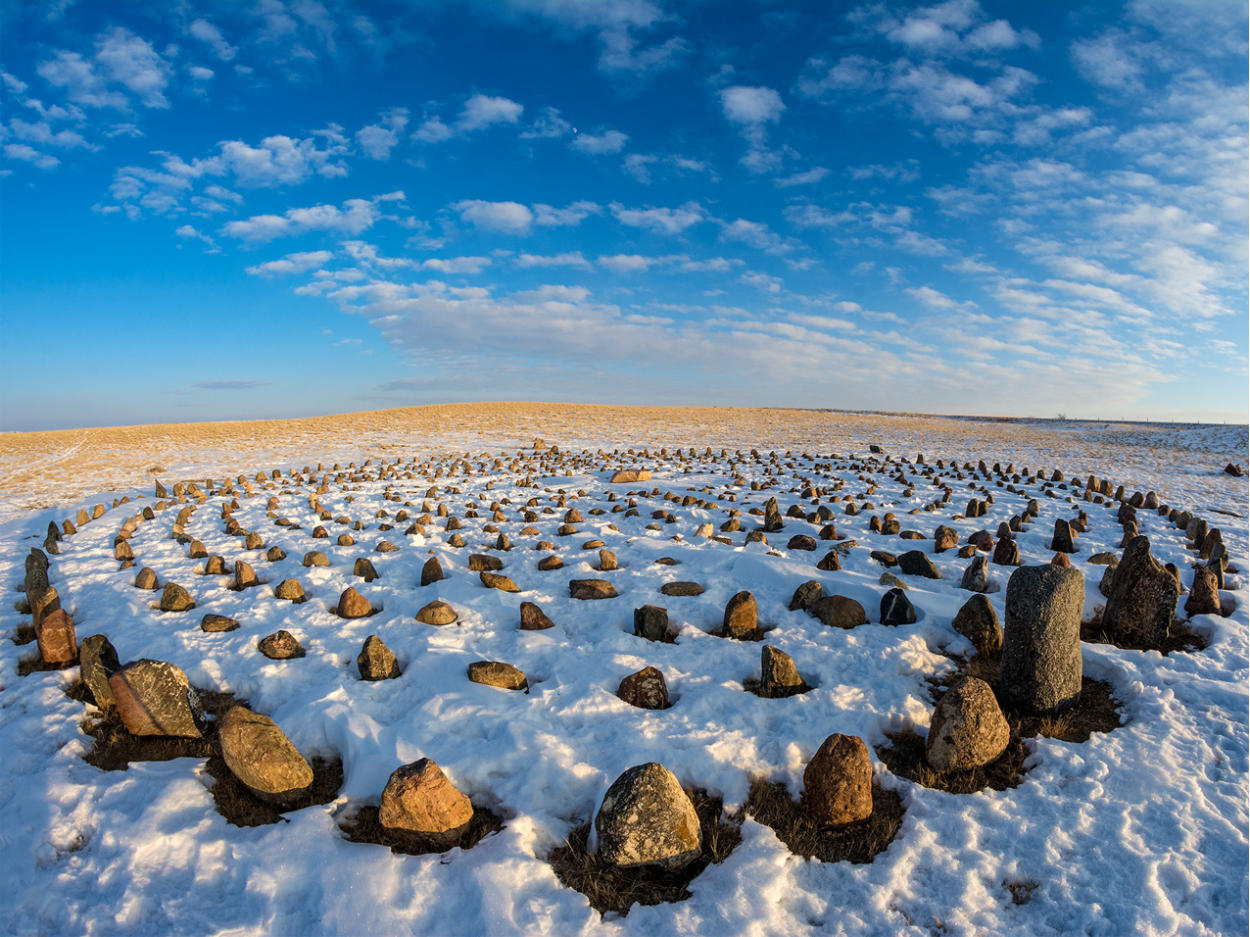
Who is Mary?
Mary’s Labyrinth is named after two important Marys.
When Susan had the vision for building a labyrinth on this land, she named the labyrinth after her mother, Mary Helen McGillis Howard. Susan’s mother was in long-term care as the labyrinth was being planned and built and a childhood photo of Mary Howard was placed in the middle of the site during the entire 10-day build.
Mary’s Labyrinth also honours Mother Mary, under whose protection this valley was placed in the early 1900s, and after whom the nearby village of Val Marie is named. Mother Mary has been a strong presence and comfort for many living in this region. It wasn’t long after moving here that Susan began to build her own relationship with Mary. Susan feels that the location and build was guided by Mary and that she welcomes and supports all who come and walk the labyrinth.
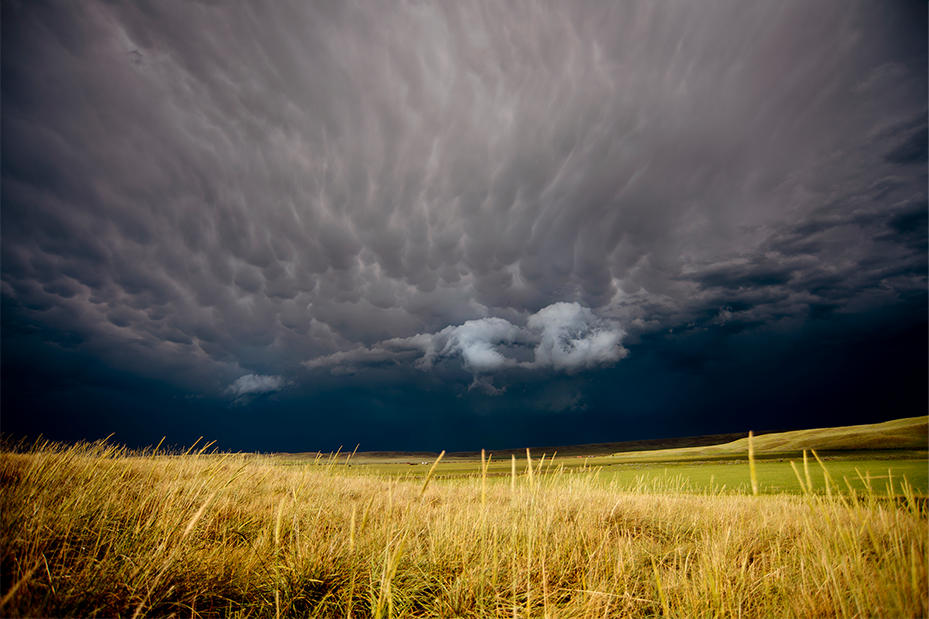
Remembering the Land Beneath
The history of this land is rich with stories of resilience, creativity, heartbreak and devastation. Mary’s Labyrinth remembers and honours all of the peoples who have lived and crossed this land past, present and future.
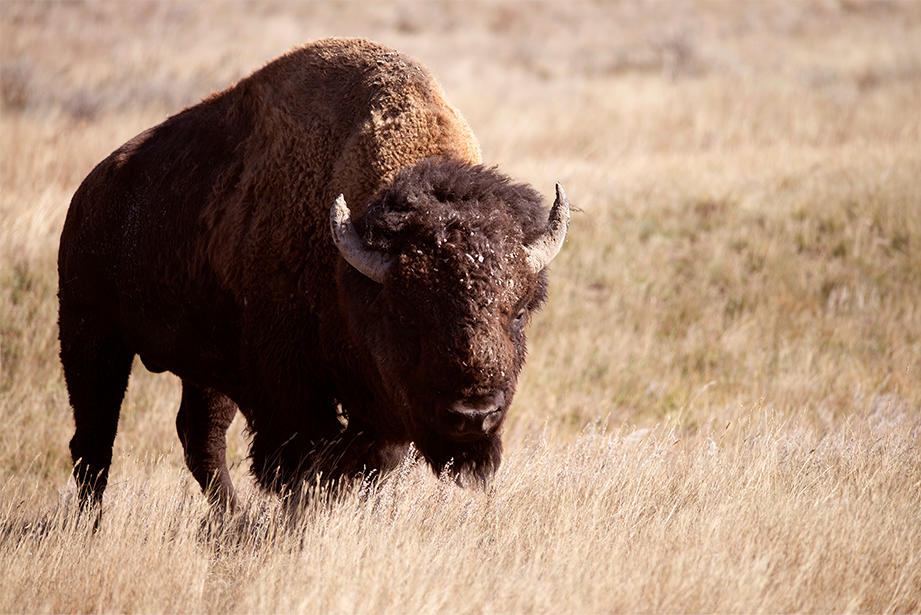
Following the Bison
Located on Treaty 4 Territory, this land was originally home to many First Nation tribes following the plains bison herds across the grasslands. 12,000 tipi rings still dot the landscape in Grasslands National Park.
During the 1800s, both the Canadian and American governments supported the European “buffalo trade” that nearly eradicated the plains bison from the North American continent. This was an active effort to starve and displace the many peoples that depended on the herds for survival and trade. One local villager remembers his uncle participating in the very last bison hunt.
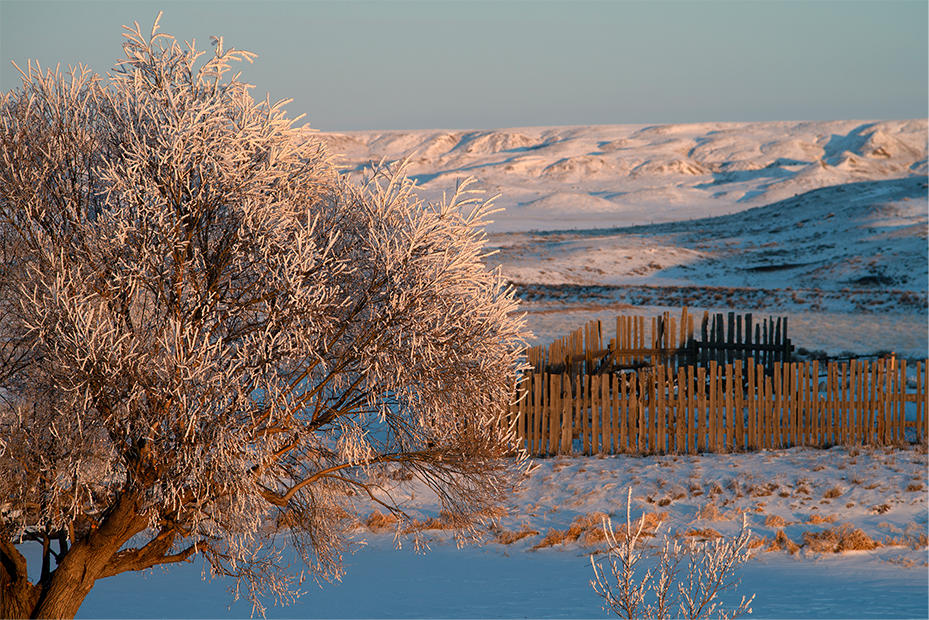
Struggling Settlers
European Settlers were drawn into this area with promises of 150 acres of rich farmland to support their families, for the cost of $10. Instead, they found shallow, rocky soil and harsh conditions more suitable for grazing animals over much larger tracks of land. The earlier “76” Ranch that covered this area before settlement extended across one hundred thousand acres.
The new settlers were expected to clear a large portion of their 150 acres within a short period of time in order to maintain title to the land. It was backbreaking and often heartbreaking labour. Farming and ranching families that managed to withstand drought, illness, hail and harsh winters still hold memories of those hardships and the stubborn resilience required to survive here before electricity, plumbing and delivered heating fuel.
Originally deposited by receding glaciers, each rock in Mary’s Labyrinth was “cleared” by hand a century ago by two homesteading families in the nearby communities of Orkney and Bracken in order to make room for growing crops.
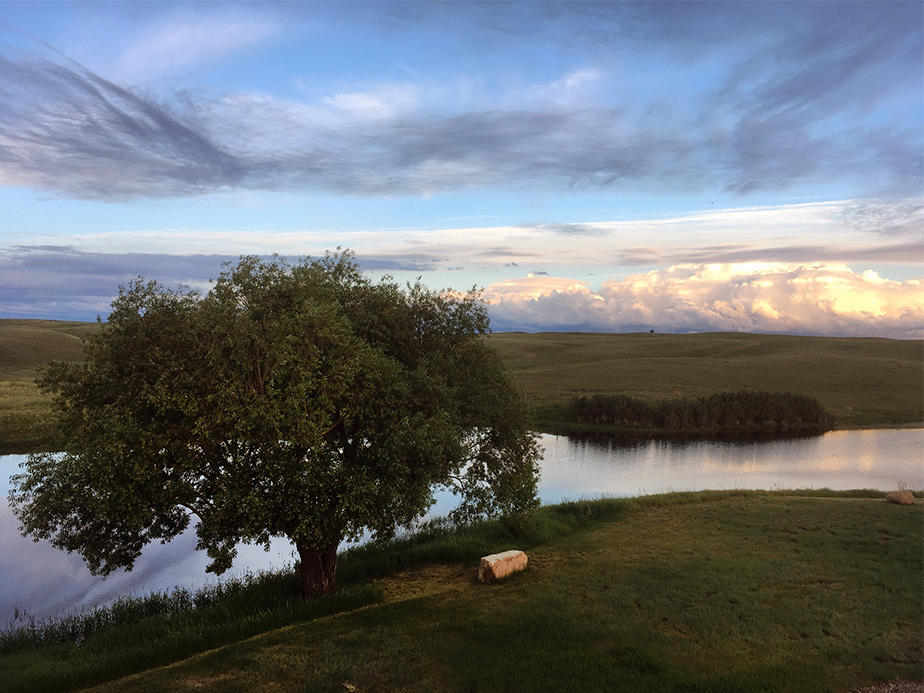
Sitting Bull
In the late 1800s, before the Canada-US border was officially drawn on a map and staked into the ground, the Frenchman River was known as the Medicine Line. Once the river was crossed, one was beyond US law and in Canadian territory. In 1877, Sitting Bull led his people out of his traditional homeland in Montana and crossed into Canada. At one point he forded the river at 70 Mile Butte directly to our east. It’s very possible he crossed the land on which Mary’s Labyrinth sits today.
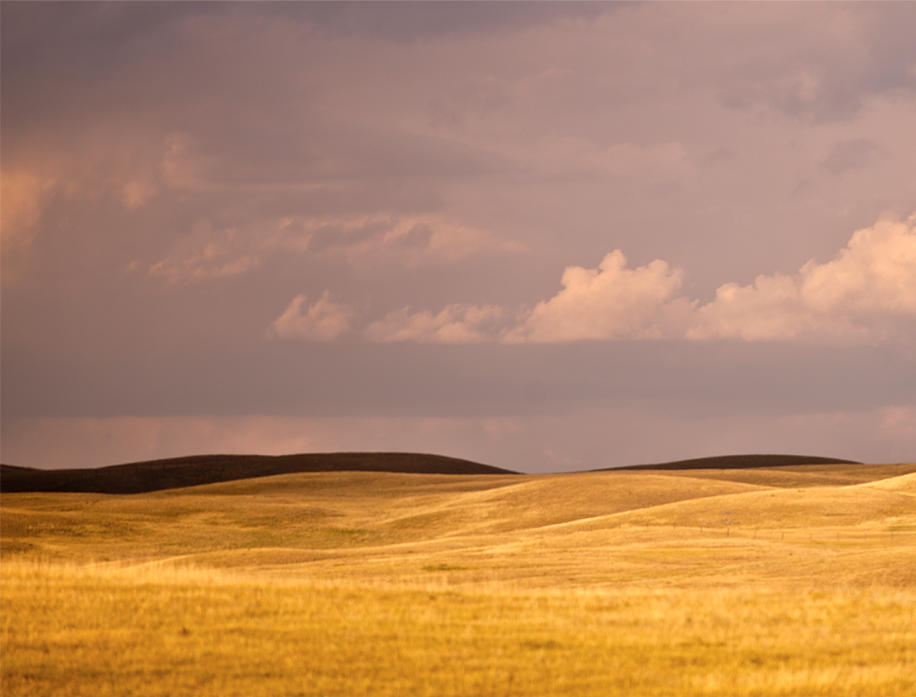
National Parkland
A hundred years later, in the 1980s, the park boundaries were established for Grasslands National Park. The 1980s was a decade of drought and hail that was particularly difficult for local farmers. Many of the families that sold land to the park did so out of hardship. Since then, biologists and conservationists have had to learn how best to work with, protect and manage the unique and increasingly rare ecosystems and wildlife that thrive here.
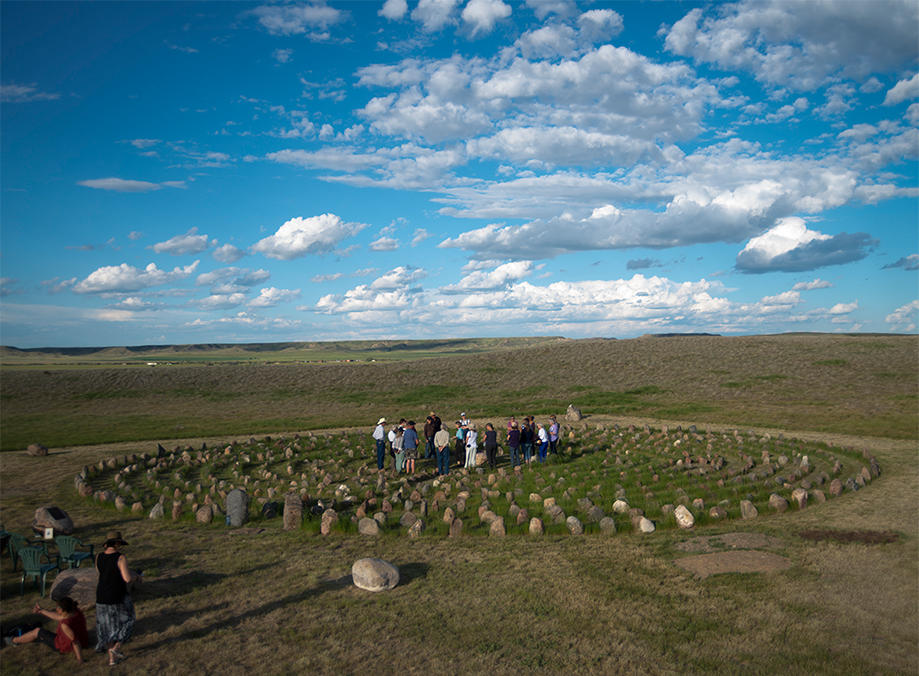
Stewardship
This land has witnessed heartbreaking displacement, eradication, survival and resilience across the many peoples and cultures that have lived here. The one continuity between all of these peoples and cultures is an awareness of and dependence on the land; creating a respect and sense of stewardship that requires many seasons, if not lifetimes, to learn and pass on.
Mary’s Labyrinth celebrates stewardship and connection with the land while promoting a new appreciation and awareness of our interdependence with the land and all who live here.